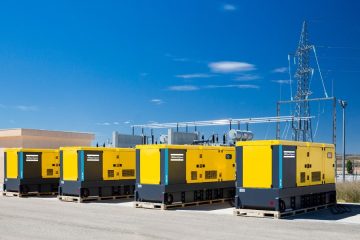The Viability of Solar Power in Different Climate Zones

Introduction
Solar power is a renewable energy source that has gained popularity in recent years due to its environmental benefits and cost-effectiveness. The viability of solar power can vary depending on the climate zone in which it is implemented. In this article, we will explore how solar power performs in different climate zones around the world.
Tropical Climate Zones
In tropical climate zones, such as those near the equator, solar power is highly viable due to the abundance of sunlight throughout the year. These regions receive consistent sunlight, which allows solar panels to generate a significant amount of electricity. The high temperatures in tropical zones can also increase the efficiency of solar panels.
Temperate Climate Zones
In temperate climate zones, which experience distinct seasons, solar power is still a viable option. While these regions may not receive as much sunlight as tropical zones, solar panels can still produce sufficient electricity, especially during the summer months when days are longer. It is important to consider the impact of seasonal variations on solar power generation in temperate climates.
Arctic and Antarctic Climate Zones
In the Arctic and Antarctic regions, where daylight hours can vary significantly throughout the year, solar power may face challenges. During the summer months, when the sun remains above the horizon for extended periods, solar power can be viable. However, in the winter months, when there is little to no sunlight, alternative energy sources may be necessary to meet energy demands.
Desert Climate Zones
Desert climates, characterized by hot temperatures and arid conditions, are ideal for solar power generation. These regions receive ample sunlight year-round, making them highly suitable for large-scale solar installations. The high levels of solar radiation in desert zones can maximize the efficiency of solar panels, making them a reliable source of renewable energy.
The viability of solar power varies across different climate zones, with factors such as sunlight availability, temperature, and seasonal variations influencing its performance. While solar power is a viable and sustainable energy option in many regions, it is essential to consider the specific climate conditions of a location when planning solar installations. By understanding the unique characteristics of each climate zone, we can optimize the use of solar power to harness clean and renewable energy for a sustainable future.
















